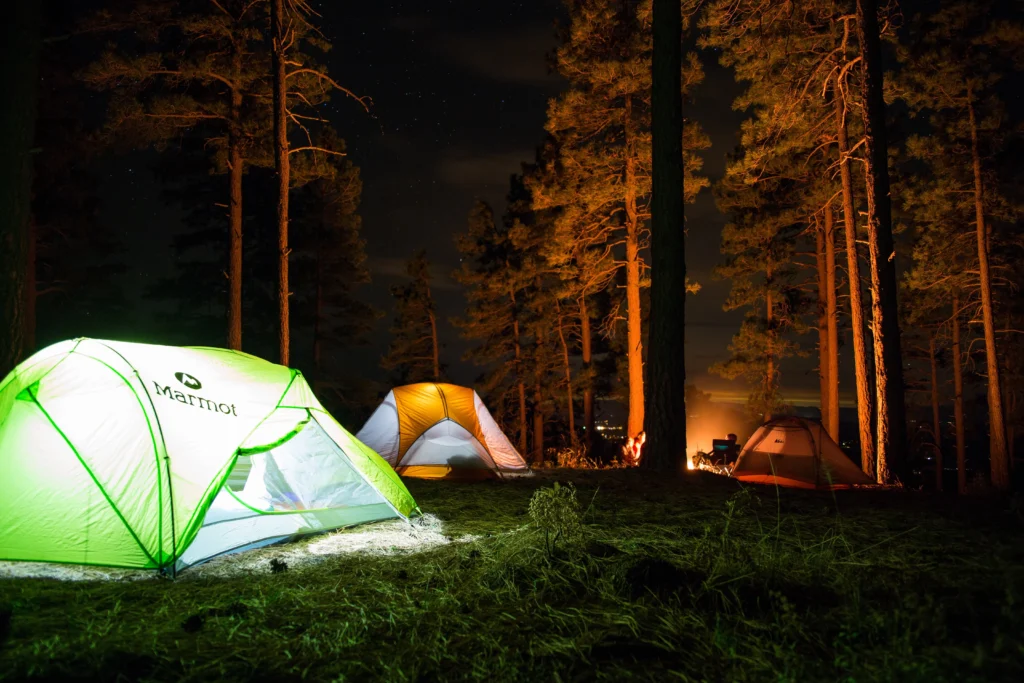Different Types of Hiking
Introduction
Welcome to the ultimate guide on different types of hiking! Whether you’re an experienced hiker or just starting out, this guide will provide you with all the information you need to know about the various types of hiking adventures you can embark on. From day hikes to multi-day treks, from easy trails to challenging terrain, we’ve got you covered. So let’s lace up our boots and hit the trails!
Day Hikes
What is a Day Hike?
A day hike, as the name suggests, is a hiking trip that can be completed within a single day. It usually involves a few hours of walking, with the hiker returning to their starting point by the end of the day. Day hikes are a great way to explore local trails and get some exercise in without committing to an overnight stay.
Planning a Day Hike
Before heading out on a day hike, it’s important to plan accordingly. Here are some key things to consider:
- Choose a trail: Research local trails and select one that matches your fitness level and preferences. Consider the distance, elevation gain, and difficulty of the trail.
- Check the weather: Make sure to check the weather forecast for the day of your hike. Dress accordingly and be prepared for any changes in weather.
- Pack essential gear: Bring a suitable backpack, comfortable footwear, appropriate clothing, plenty of water, snacks, a map or GPS device, a first aid kit, sun protection, and any other necessary items.
- Inform someone: Let a friend or family member know about your hiking plans. Share the trail details, expected duration, and your estimated return time.
Multi-Day Treks
What is a Multi-Day Trek?
A multi-day trek is a longer hiking adventure that extends beyond a single day. It typically involves camping overnight on the trail and covering a larger distance over multiple days. Multi-day treks allow hikers to explore more remote and challenging terrain and immerse themselves in nature for an extended period.
Planning a Multi-Day Trek
Planning a multi-day trek requires more preparation and organization than a day hike. Here are some essential steps to follow:
- Research trails: Look for multi-day trekking trails that align with your experience level and interests. Consider factors such as distance, elevation gain, terrain difficulty, and camping availability.
- Obtain permits: Some trails require permits for overnight camping. Check with the local authorities or park management for any permit requirements and make the necessary arrangements.
- Plan your itinerary: Determine your daily hiking distances, camping spots, and water sources along the trail. Create a detailed itinerary to ensure a smooth and enjoyable trek.
- Gear and supplies: Invest in suitable camping gear, including a backpack, tent, sleeping bag, cooking equipment, and food supplies. Don’t forget to pack essentials like a map, compass, first aid kit, water filtration system, and clothing appropriate for the weather and terrain.
- Train and prepare: Before embarking on a multi-day trek, build your hiking endurance and stamina through regular exercise and training. Practice setting up your camping gear and familiarize yourself with using any specialized equipment.
Easy Trails
What are Easy Trails?
Easy trails are typically beginner-friendly routes that offer a more relaxed and accessible hiking experience. These trails are well-maintained, clearly marked, and have gentle inclines, making them suitable for hikers of all fitness levels, including families and children.
Benefits of Easy Trails
- Ideal for beginners: Easy trails are perfect for those new to hiking. They provide a gentle introduction to the activity, allowing beginners to build their confidence and stamina.
- Scenic beauty: Easy trails often pass through picturesque landscapes, offering stunning views and photo opportunities. They showcase the natural beauty of the area without requiring strenuous physical effort.
- Family-friendly: Easy trails are excellent options for family outings. They provide an opportunity for children to explore nature and enjoy the outdoors while remaining safe and comfortable.
- Relaxing experience: Easy trails allow hikers to enjoy a leisurely stroll through nature, taking in the sights and sounds without feeling rushed or exhausted.
Challenging Terrain
What is Challenging Terrain?
Challenging terrain refers to hiking trails that present more difficulty and require advanced skills and physical fitness. These trails often involve steep climbs, rugged surfaces, uneven terrain, and potentially hazardous conditions.
Benefits of Challenging Terrain
- Physical fitness: Hiking on challenging terrain provides an excellent workout, as it requires more strength, endurance, and agility. It can help improve cardiovascular health, muscle strength, and overall fitness levels.
- Mental and emotional resilience: Overcoming the physical challenges of hiking on difficult terrain can build mental and emotional resilience. It cultivates determination, perseverance, and problem-solving skills.
- Adventure and adrenaline: Hiking on challenging terrain offers a thrilling and adventurous experience. It allows hikers to push their limits and conquer obstacles, resulting in an exhilarating sense of accomplishment.
- Remote and less crowded: Challenging terrain trails often take hikers into more remote and less frequented areas. This provides a sense of solitude and tranquility, allowing for a deeper connection with nature.
Conclusion
Hiking is a versatile and rewarding outdoor activity that offers something for everyone. Whether you prefer easy trails or challenging terrain, day hikes or multi-day treks, there are endless opportunities to explore and connect with nature. By choosing the right type of hiking experience and adequately preparing, you can embark on memorable adventures and reap the numerous physical, mental, and emotional benefits that hiking has to offer.
Remember to always prioritize safety, respect nature and Leave No Trace, and enjoy the journey as much as the destination. So grab your hiking gear, lace up your boots, and embark on your next hiking adventure today!
Hi, I am Michael B.McMahon. I am a professional Hiker, Traveler, Climber & Mountainer. I love to travel a lot. I describe my all experience in this blog. I visit a lot of places. I hope my all article helpful everyone. Enjoy It

